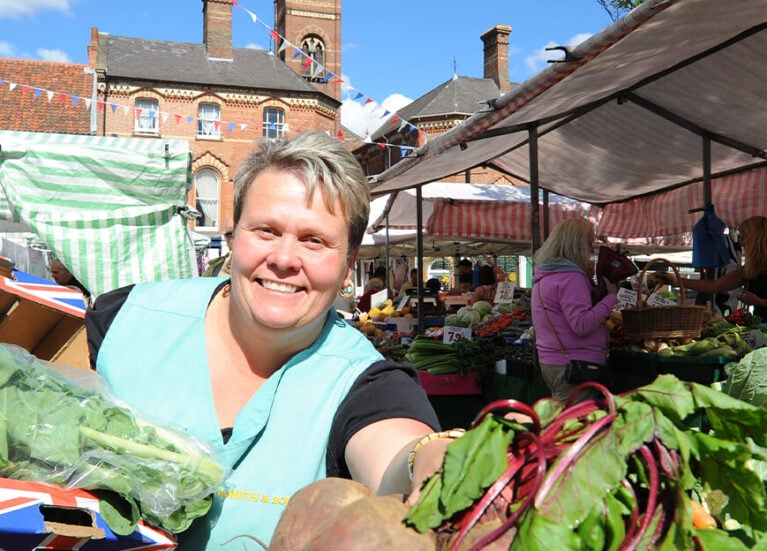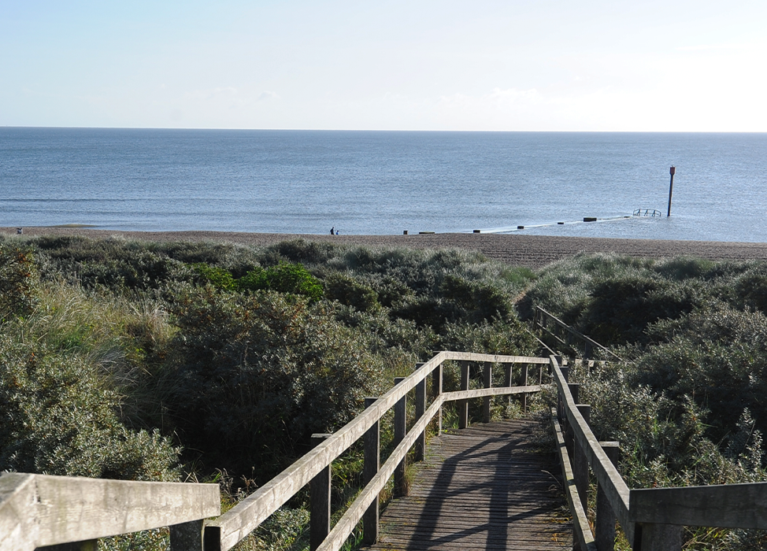As you walk along Lincolnshire's natural coast there is much evidence of a former life to be spotted. The fortifications built to protect Britain against German invasion began in June 1940 after the defeat of the British Expeditionary Force in France and evacuation at Dunkirk. On the east coast the ‘Coastal Crust’ was designed to be the first line of defence against invasion; it involved many types of structure, some of which can still be seen at places like RSPB Freiston Shore, including in the churchyard.
Pillboxes, searchlight batteries, anti-tank structures and machine gun posts. Gun emplacements were camouflaged as bungalows, ice-cream parlours or chicken sheds and linear marks bisecting fields are probably anti-landing trenches dug to prevent aircraft landing.
Although no ground fighting took place on British soil, the relics of these defences represent battlefields that were prepared, but thankfully never needed. These concrete remains, often overgrown, are recent history, within the lifetime of some or the immediate memory of their children. The maps still exist showing the position of every pill box or anti-tank ditch.
Whilst looking at these evocative survivors of desperate days, keep your eyes peeled for seasonal visitors. This is a migration superhighway so expect a constantly changing range of visiting birds; not necessarily a best time, just a whole series of brilliant opportunities. A thriving colony of grey seals arrive to give birth in the winter months making for a noisy wildlife spectacle as around 2,000 pups are born at Donna Nook. The flowering and fruiting of the plant life supports the vibrant bird and insect life. Those banks of sculptural sea holly and sea buckthorn with its vibrant orange berries are usually full of bird life and more, and it’s worth standing and staring a while just to see who calls this home.
find out more
Freiston Shore
Discover this naturally regenerated salt marsh area providing valuable wildlife habitats all year round and excellent views.





